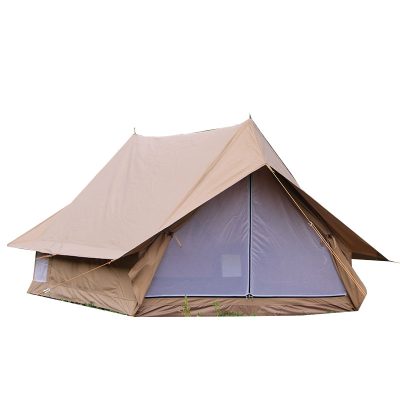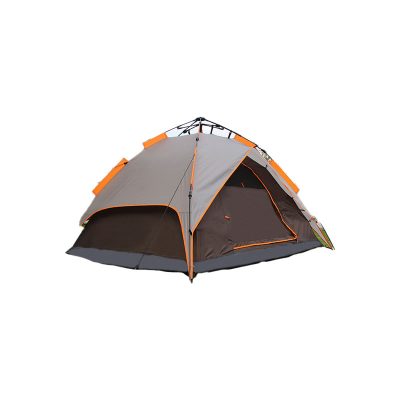Spring brings a green world to outdoor sports, and all kinds of birds fly freely in the sky. Outdoor enthusiasts are like free birds in outdoor camping. Time is free. You can rest whenever you want. As long as there is a suitable place, you can set up camp on the spot and arrange it at will. What’s more, outdoor camping allows you to get close to nature and facilitates recreational activities. More importantly, it can exercise people’s ability to survive in the wild and adaptability.
For players who are cool and natural, they walk in the wild mountains and waters that ordinary people don’t walk, and they are looking for authentic wild interests, and of course they don’t live in comfortable hotels and restaurants. For such players, the necessary equipment and knowledge are naturally indispensable. The following are some essentials about camping in the wild. You may wish to refer to one or two.
Choose a camp
The first thing to consider is safety. In the wild, many accidents can happen. At lower altitudes, the danger is much less, but the basic principles of camp selection must still be followed.
1. Before setting up a tent, you must carefully survey the terrain. There should be no rolling stones, logs and weathered rocks above the camp. Once you find signs of scattered rocks nearby, you must not set up a tent, especially the closer to the rock wall. The more you pay attention to the place, try to avoid camping in concave places. If you find a rolling stone, you should immediately shout and notify your companions.
2. Do not build camps in areas prone to mudslides. Many stones have traces of being wrapped in mud, which is the main indicator for identifying mudslides. Do not choose a camp that is too close to the debris flow channel.
3. Do not camp on the top of the mountain or on the open ground during thunderstorms to avoid being struck by lightning.
4. Do not set up camps on river beaches, riverbeds, streams and valleys during thunderstorms to prevent them from being washed away by sudden floods. Many times, the camp will be on a ridge or on both sides of a river for easy access to the scenery. The ideal camping site is nothing more than a terrace or a wide river bank. The sand is flat and dry, and the valleys have clear water and driftwood that can be used as fuelwood, making this a great campsite when the weather is good. However, if it rains heavily, the water in the valley is likely to swell suddenly, submerging the river bank, washing away hiking shoes, food, etc., and even people are washed away by the current.
5. Before camping in the rainy season, you must pay attention to the climate and hydrological conditions of the campsite and the upper reaches of the river. When camping, pay attention to setting up tents on the high ground several meters above the water surface. Do not choose rainwater channels, but choose well-drained ones. place, and choose an escape route in case of danger. When everything is settled, it is also necessary to always pay attention to the flow and turbidity of the water source, as well as the sound of running water. If you feel abnormal, run away as soon as possible. Late at night or when tired is the main cause of disaster, don’t be careless or observant.

























